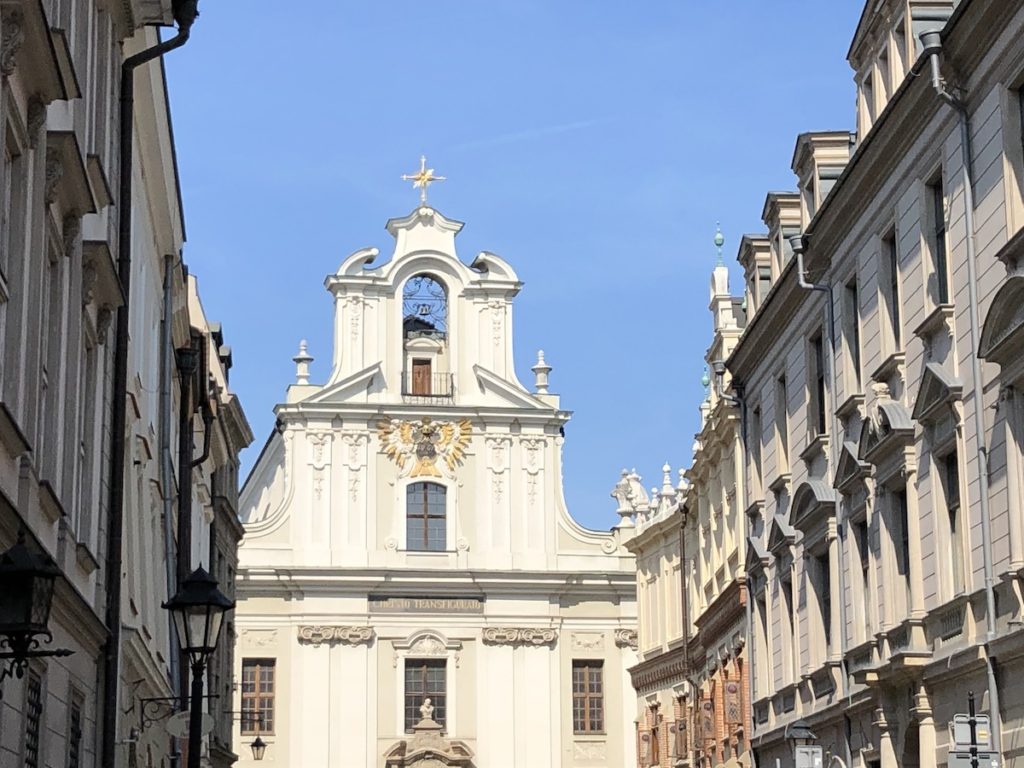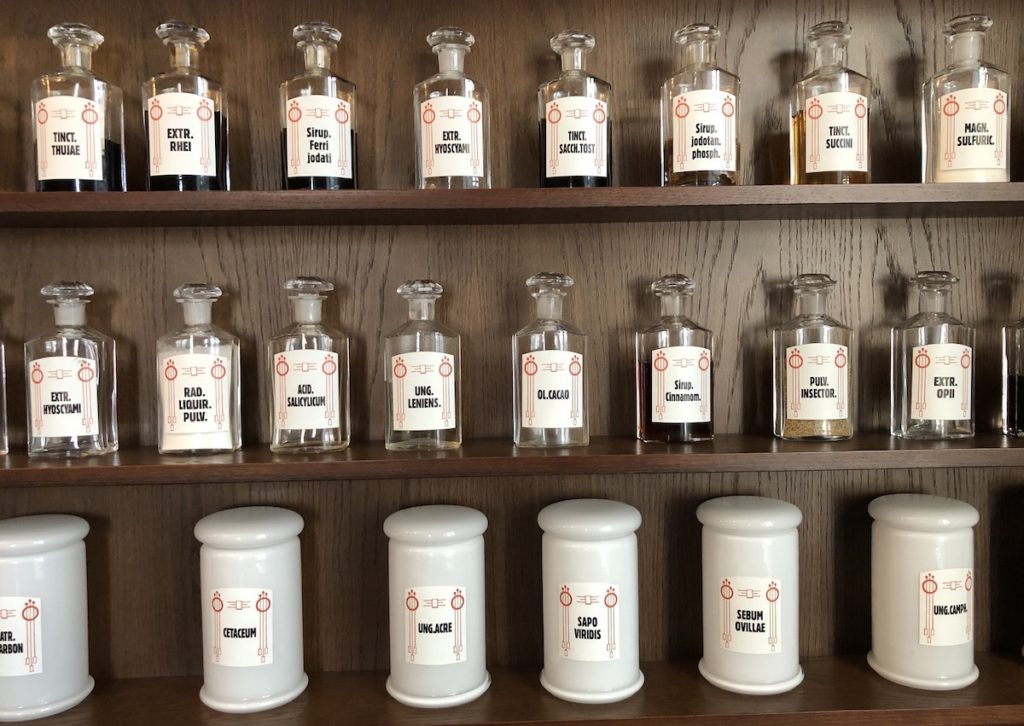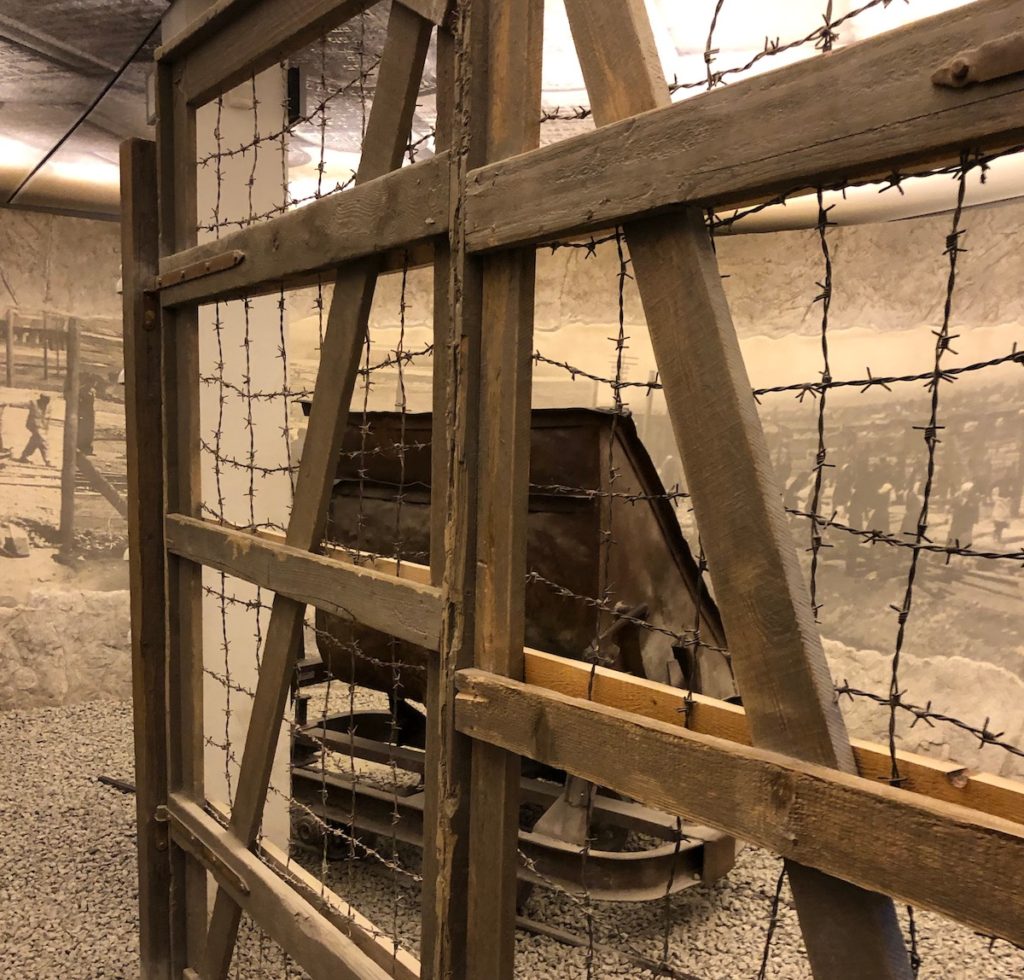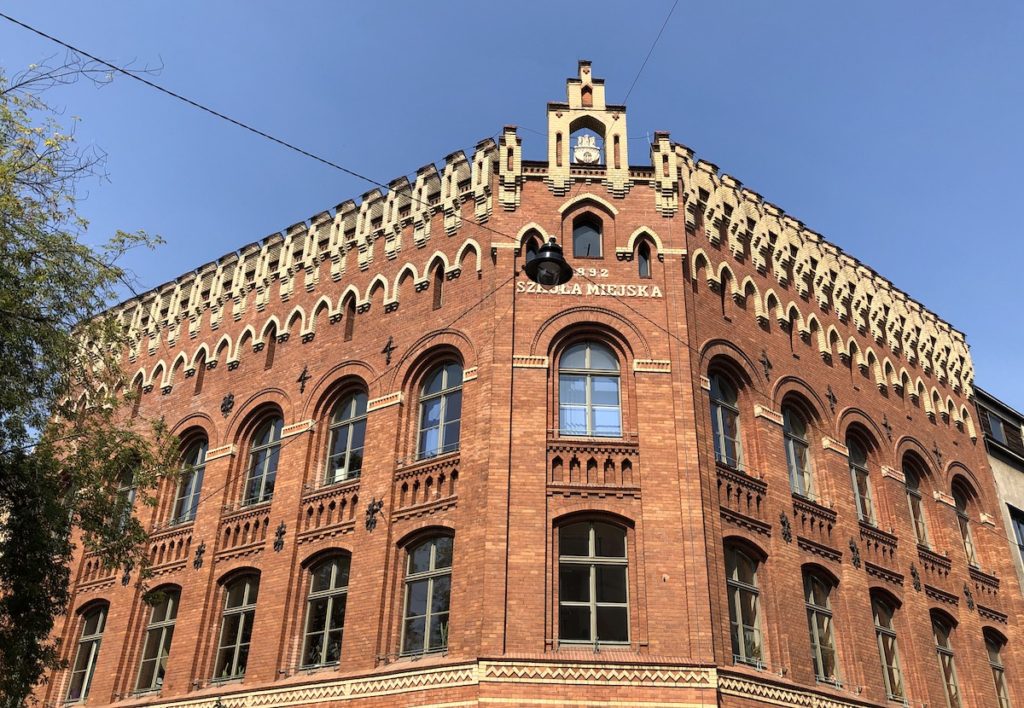Krakow is synonymous with the Second World War. It’s the city of Oskar Schindler, of the horrors of the ghetto and the death camps.
Some miles out of town lies that most infamous of concentration camps, Auschwitz, where up to one-sixth of the Jewish victims of the Holocaust were killed. It’s a museum now and a place I want to visit but we didn’t have time on this trip. Neither did we have to go that far to learn about the experiences of its victims and Krakow’s broader population at the hands of their Nazi rulers, thanks to a couple of excellent museums.
Unlike its residents, the historic heart of the city survived the conflict remarkably intact. As capital of the General Government, the territory forged out of parts of the old Poland and intended as little more than a glorified slave labour and extermination camp, Krakow was rebranded as an ancient German city worthy of investment by Governor Hans Frank. And the allies never got round to giving it the treatment meted out to Dresden or Berlin. However much he admired the Germanic elements of the city, Frank ordered its Nazification and enemies of the state were removed either by exile or through killing sprees. Thousands died while others endured deprivation, torture and humiliation.

Deaths leave few visible scars on a cityscape, unlike bombing. And that means that while some cities still bear the physical wounds of war, not least my home city of London with its obvious post-war bomb-site in-fill, we had to look hard for anything similar on a walk around Krakow city centre.
Our second day saw us focus on Krakow and its war. Much of the interest lies in the working class district of Podgórze, where the notorious Jewish ghetto was located and where thousands of people spent the last year or two of their lives. Just beyond lies the enamel works of Oskar Schindler, the German industrialist and Nazi Party member who famously saved more than 1,000 Jews by employing and protecting them in his factories. The story would, of course, become the subject of Steven Spielberg’s award-winning film.

We walked to the old ghetto district, baking in the sun on the footpath beside the River Vistula, stopping for a luncthime beer and then crossing on the Kładka Ojca Bernatka pedestrian bridge. We emerged on to the clunkily named Kazirmierza Brodzinskiego, a pretty street full of popular restaurants, and turned into the vast public square of Rynek Podgorski. This was once the site of Podgórze’s main market and today is dominated by the imposing, gothic church of St Joseph’s. Deeper into Podgorze and the buildings became blander, more modern, marking the site of the ghetto. There aren’t many buildings left from the Second World War and we had to look carefully to find the few bits of wall that separated Jews from gentiles.
The Pharmacy Under the Eagle stands on the corner of Ghetto Heroes Square, which was owned and run by the gentile Tadeusz Pankiewicz during the war. It was the only pharmacy in the ghetto and he chose to continue trading despite an order from the Nazis that all businesses should pack up and leave. Despite his refusal to move, he and his staff were allowed to travel in and out freely. The building is now a small museum, which tells the story of the pharmacy, its role in the ghetto and the people who worked there. It describes how Pankiewicz and his staff worked at great risk to themselves to save lives and relieve pain.
Small it may be but the museum crams a lot in, with plenty of interactive exhibits, recordings of survivors’ testimony and paraphernalia from the old shop. It’s also very moving. Imagery from the ghetto is shocking and bleak, but ultimately this is a building that celebrates the fact that there are people out there prepared to take risks with their own lives to save others, and I left warm of heart. I also wondered whether I’d have the strength of character to do what they did and I have to say, shamefully, that I probably wouldn’t.
The ghetto was formed in 1941 in Podgorze rather than in the traditional Jewish quarter of Krakow at Kazimierz, mostly because the Nazi leadership considered the latter an important historical suburb of Krakow. Thousands of Jews were turfed out of their homes and deprived of their goods and then herded across the river to their new ‘home’. Here they lived in destitution, controlled by the controversial Jewish police, a much-hated force whose story is touched on at the pharmacy. Ultimately the ghetto was divided between those who were considered able to work and those who weren’t, with the latter the first to be sent to the death camps when liquidation began in 1942. By the end, thousands had been sent to their deaths or the labour camps. Still more were shot where they stood. Many ended up in Auschwitz.

We walked on to the Schindler Factory, the old enamel works a short distance away. Adjacent to it is the Museum of Contemporary Art, where we stopped for a quick and reviving drink. With so many crowds in Krakow that August weekend, we’d struggled to get in some museums and were assured by a barking harridan that all tickets had been sold for the Schindler exhibit. But somehow we managed to get our hands on the last two.
Now forgive me here because I thought the museum was going to be about Oskar Schindler, how he saved so many Jews and the dangers he faced in doing so, that we would see a recreation of the factory. However, I must’ve misread the blurb because, instead, it’s a conventional museum given over mostly to the story of Krakow in the war. We could’ve been in any building anywhere, which I thought was a bit of a missed opportunity and something of a disappointment. On the other hand, the experience of Krakow and its people during the war, whatever their class or creed, was conveyed very well and in some detail. Sometimes the detail was a bit excessive and the crowds of tour groups were just too overwhelming, but the museum was full of fascinating, terrible stories, distressing photos and amazing examples of heroism. I just wish there was more there about Schindler himself…
We left and that evening went for food and drink in Kazimierz and although we’d been there the night before, I was more attuned now to its Jewish past. We wandered past synagogues, and groups of Jewish tourists taking in the sights or looking for somewhere to eat. Despite what the Nazis had done, the spirit of the old district remains…

The next morning we had just an hour or two to wander round the city before catching a cab back to the airport. I suspect it will not be the last time we visit it either, and not just because it’s so cheap. There’s still that trip to Auschwitz to plan…

